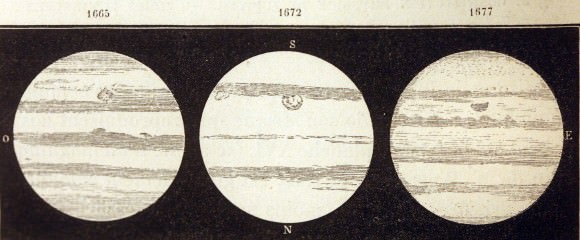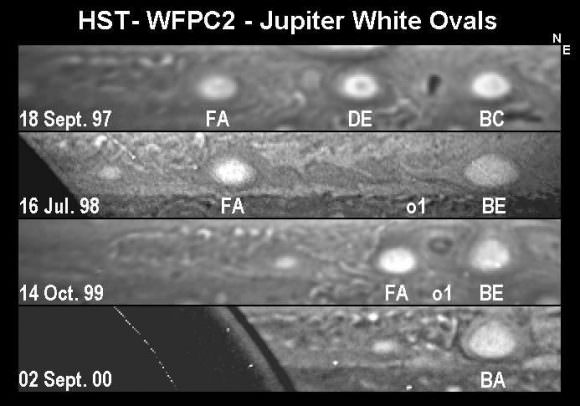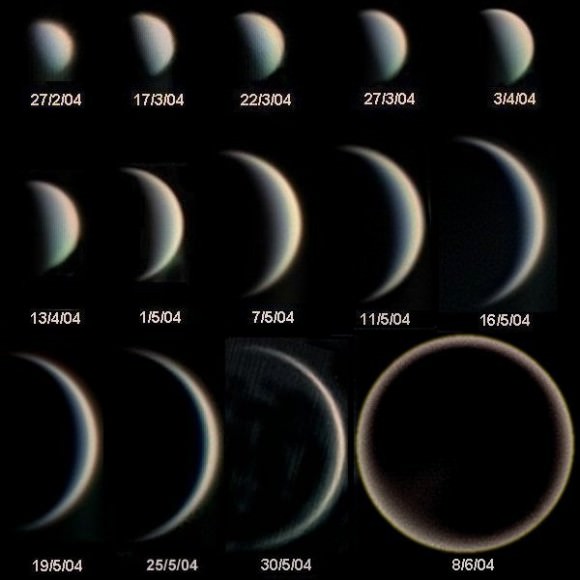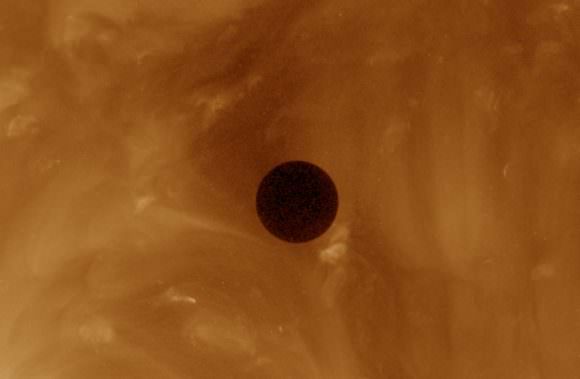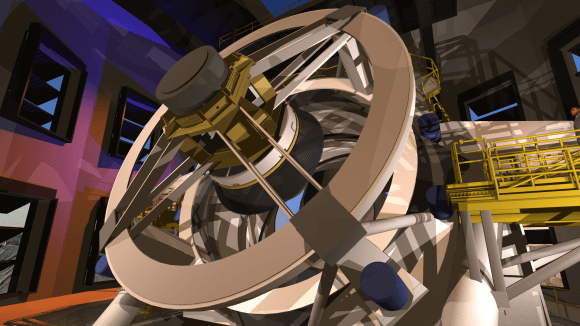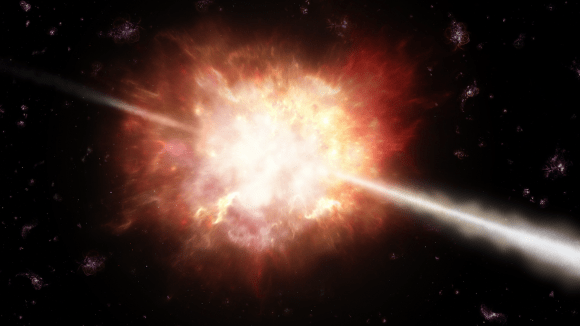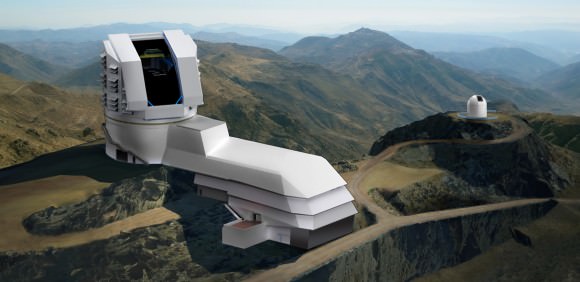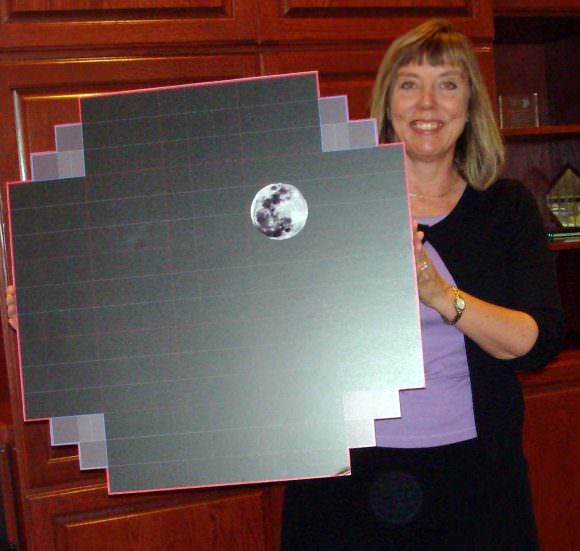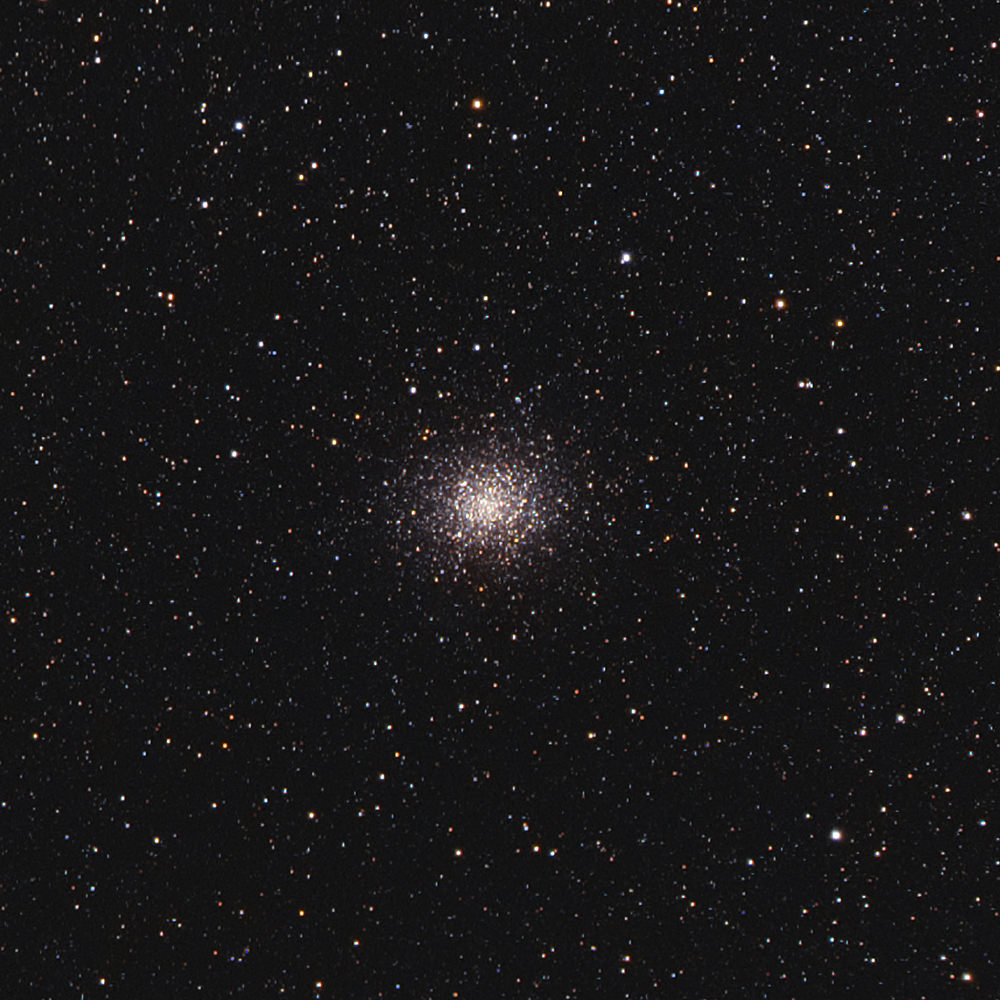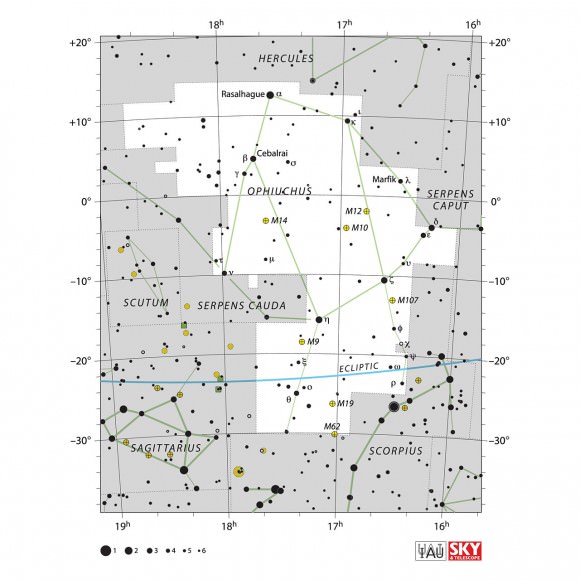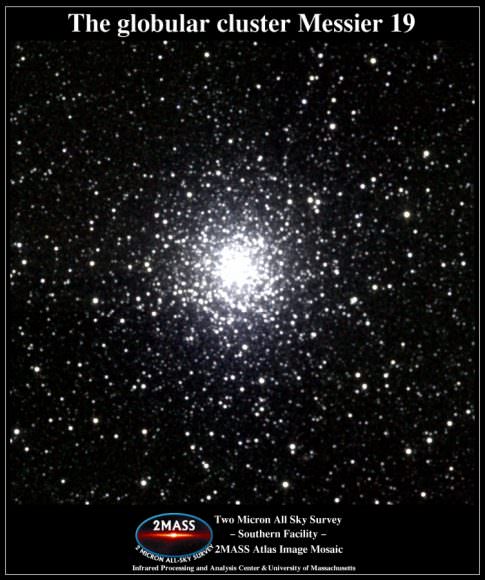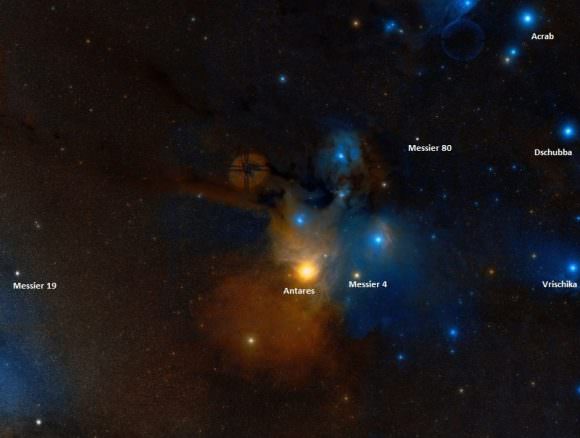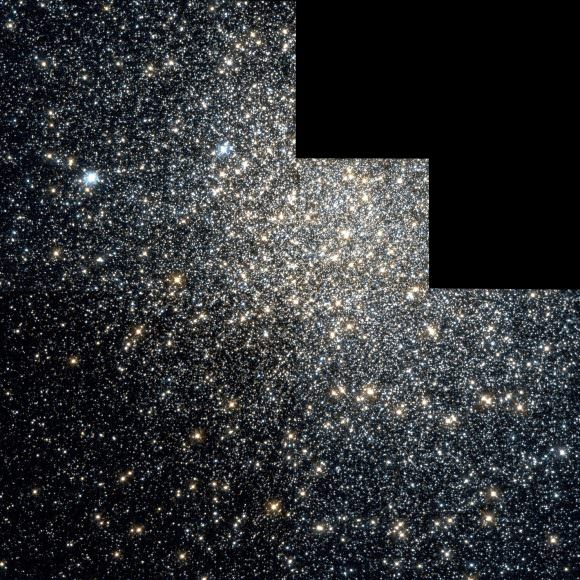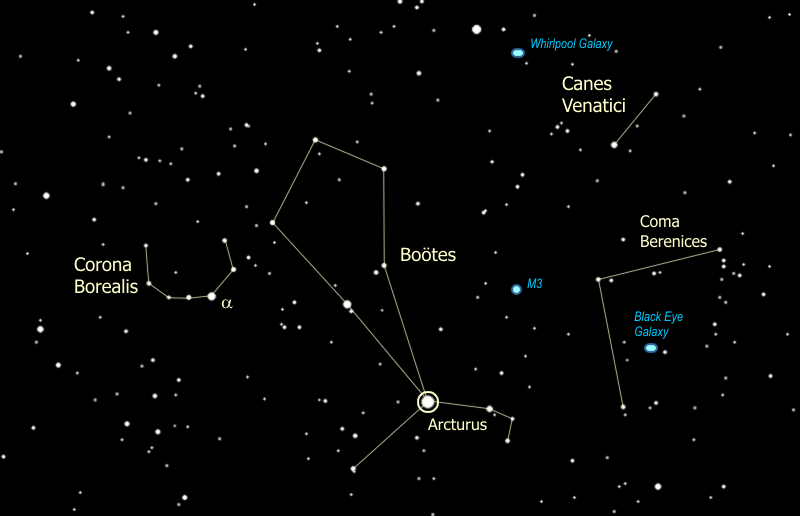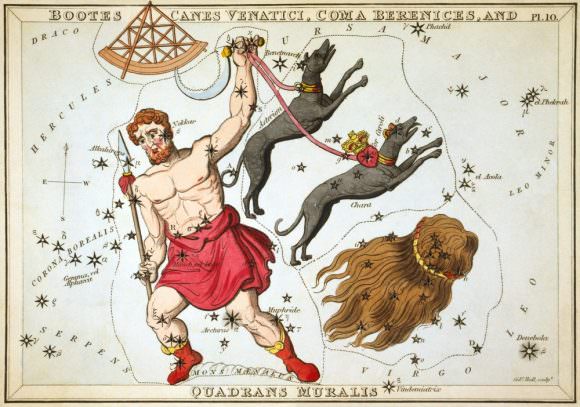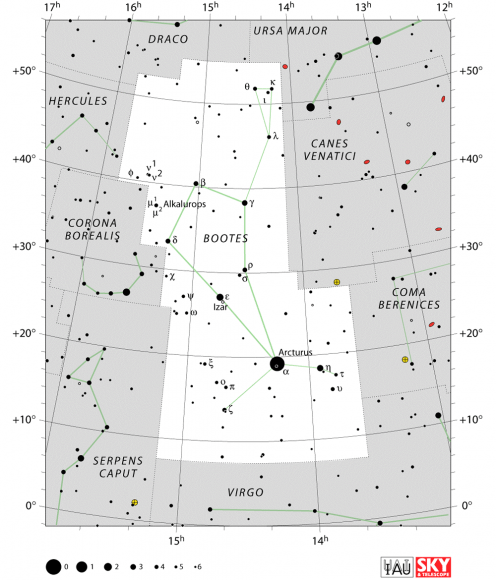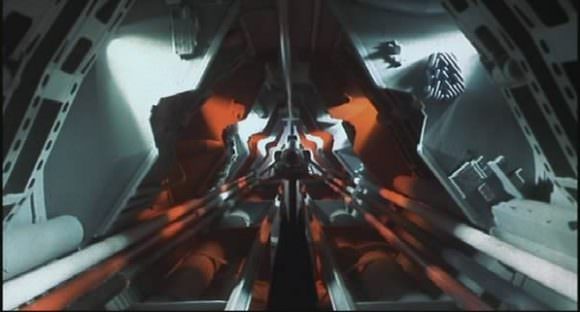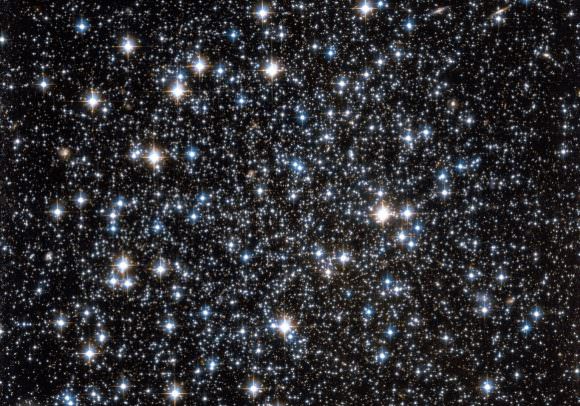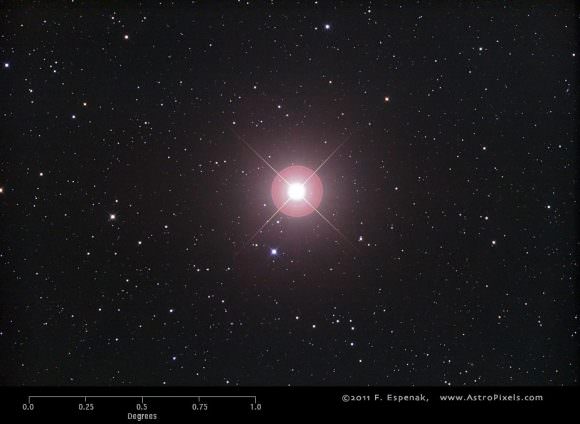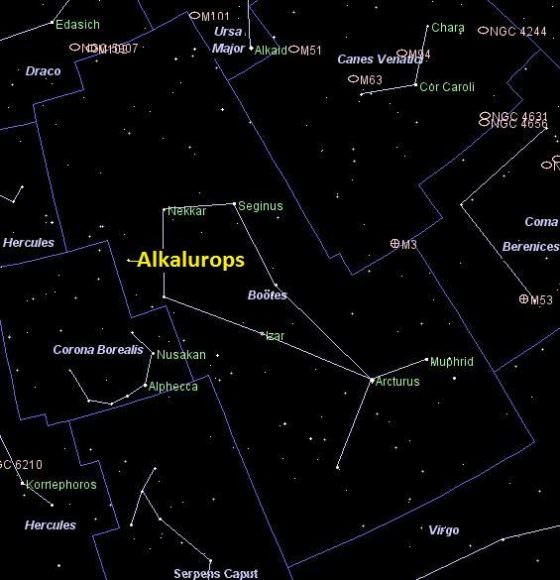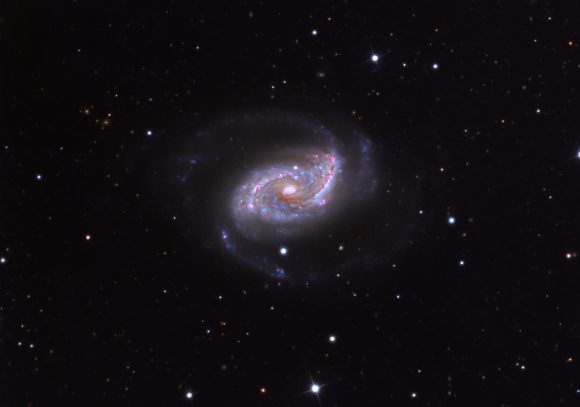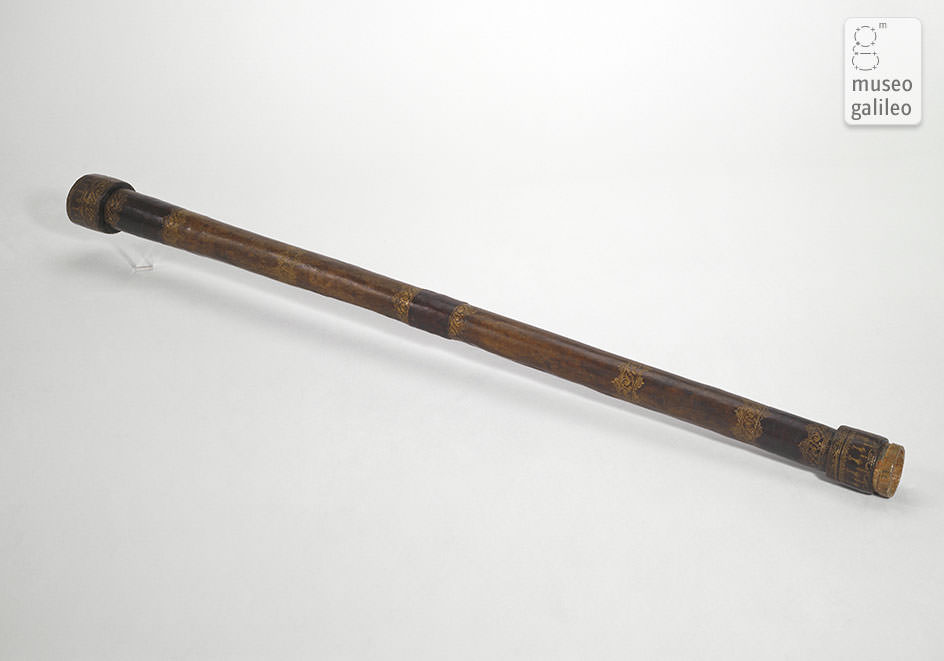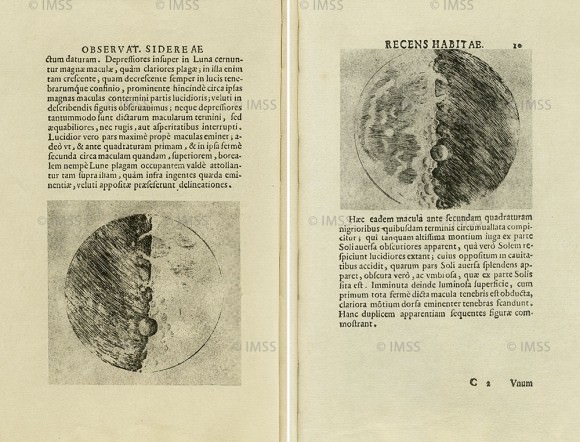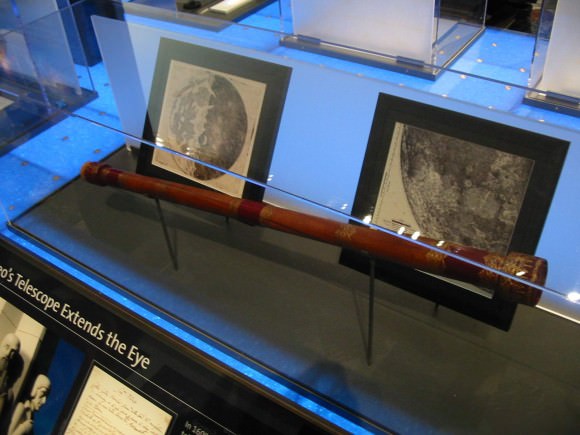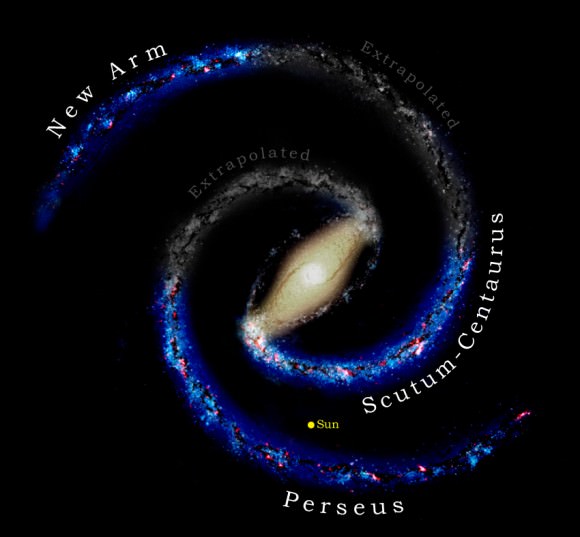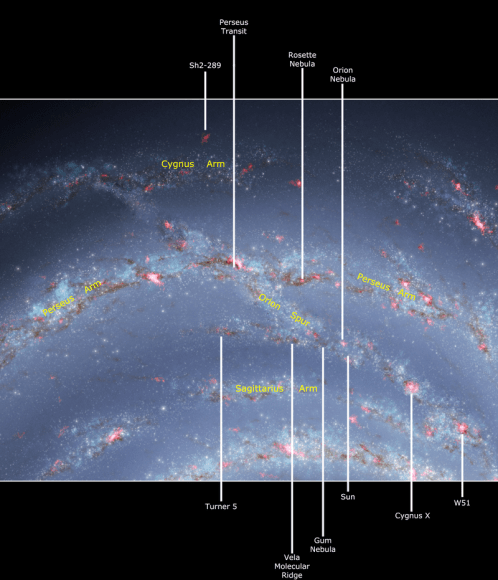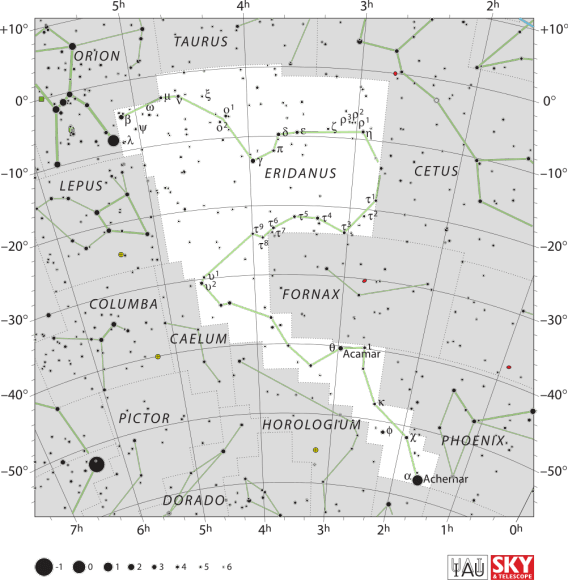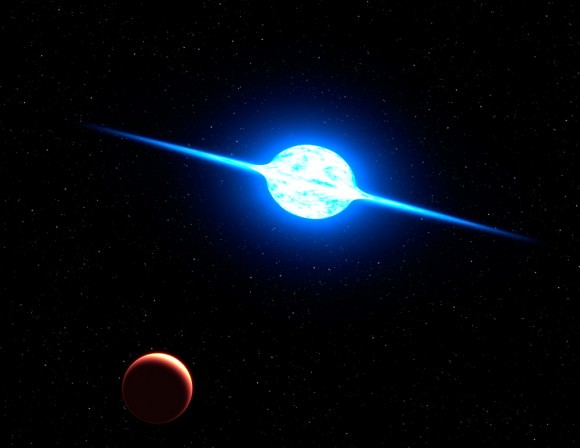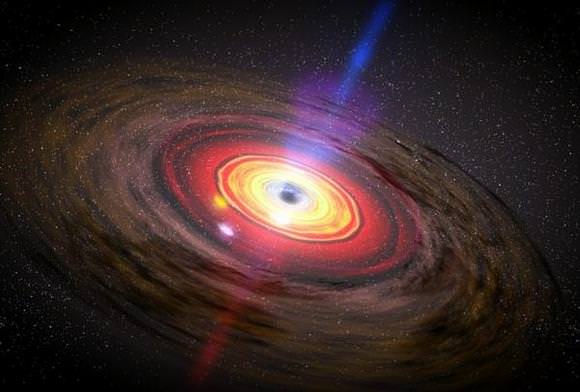Its an Epic Rocket Battle! Or a Clash of the Titans, if you will. Except that in this case, the titans are the two of the heaviest rockets the world has ever seen. And the contenders couldn’t be better matched. On one side, we have the heaviest rocket to come out of the US during the Space Race, and the one that delivered the Apollo astronauts to the Moon. On the other, we have the heaviest rocket created by the NewSpace industry, and which promises to deliver astronauts to Mars.
And in many respects, the Falcon Heavy is considered to be the successor of the Saturn V. Ever since the latter was retired in 1973, the United States has effectively been without a super-heavy lifter. And with the Space Launch System still in development, the Falcon Heavy is likely to become the workhorse of both private space corporations and space agencies in the coming years.
So let’s compare these two rockets, taking into account their capabilities, specifications, and the history of their development and see who comes out on top. BEGIN!

Development History:
The development of the Saturn V began in 1946 with Operation Paperclip, a US government program which led to the recruitment of Wernher von Braun and several other World War II-era German rocket scientists and technicians. The purpose of this program was to leverage the expertise of these scientists to give the US an edge in the Cold War through the development of intercontinental ballistic missiles (ICBMs).
Between 1945 and the mid-to-late 50s von Braun acted as an advisor to US armed forces for the sake of developing military rockets only. It was not until 1957, with the Soviet launch of Sputnik-1 using an R-7 rocket – a Soviet ICBM also capable of delivering thermonuclear warheads – that the US government began to consider the use of rockets for space exploration.
Thereafter, von Braun and his team began developing the Jupiter series of rockets – a modified Redstone ballistic missile with two solid-propellant upper stages. These proved to be a major step towards the Saturn V, hence why the Jupiter series was later nicknamed “an infant Saturn”. Between 1960 and 1962, the Marshall Space Flight Center began designing the rockets that would eventually be used by the Apollo Program.
After several iterations, the Saturn C-5 design (later named the Saturn V) was created. By 1964, it was selected for NASA’s Apollo Program as the rocket that would conduct a Lunar Orbit Rendezvous (LRO). This plan called for a large rocket to launch a single spacecraft to the Moon, but only a small part of that spacecraft (the Lunar Module) would actually land on the surface. That smaller module would then rendezvous with the main spacecraft – the Command/Service Module (CSM) – in lunar orbit and the crew would return home.
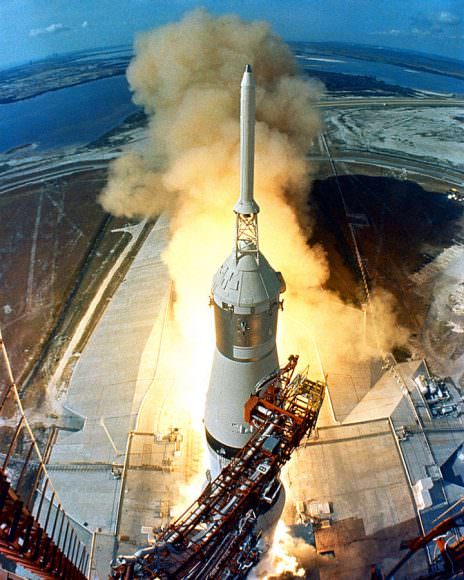
Development of the Falcon Heavy was first announced in 2011 at the National Press Club in Washington D.C. In a statement, Musk drew direct comparisons to the Saturn V, claiming that the Falcon Heavy would deliver “more payload to orbit or escape velocity than any vehicle in history, apart from the Saturn V moon rocket, which was decommissioned after the Apollo program.”
Consistent with this promise of a “super heavy-lift” vehicle, SpaceX’s original specifications indicated a projected payload of 53,000 kg (117,000 lbs) to Low-Earth Orbit (LEO), and 12,000 kgg (26,000 lbs) to Geosynchronous Transfer Orbit (GTO). In 2013, these estimates were revised to 54,400 kg (119,900 lb) to LEO and 22,200 kg (48,900 lb) to GTO, as well as 16,000 kilograms (35,000 lb) to translunar trajectory, and 13,600 kilograms (31,000 lb) on a trans-Martian orbit to Mars, and 2,900 kg (6,400 lb) to Pluto.
In 2015, the design was changed – alongside changes to the Falcon 9 v.1.1 – to take advantage of the new Merlin 1D engine and changes to the propellant tanks. The original timetable, proposed in 2011, put the rocket’s arrival at SpaceX’s west-coast launch location – Vandenberg Air Force Base in California – at before the end of 2012.
The first launch from Vandenberg was take place in 2013, while the first launch from Cape Canaveral was to take place in late 2013 or 2014. But by mid-2015, delays caused by failures with Falcon 9 test flights caused the first launch to be pushed to late 2016. The rocket has also been relocated to the Kennedy Space Center Launch Complex in Florida.

SpaceX also announced in July 0f 2016 that it planned to expand its landing facility near Cape Canaveral to take advantage of the reusable technology. With three landing pads now planned (instead of one on land and a drone barge at sea), they hope to be able to recover all of the spent boosters that will be used for the launch of a Falcon Heavy.
Design:
Both the Saturn V and Falcon Heavy were created to do some serious heavy lifting. Little wonder, since both were created for the sole purpose of “slipping the surly bonds” of Earth and putting human beings and cargo onto other celestial bodies. For its part, the Saturn V‘s size and payload surpassed all other previous rockets, reflecting its purpose of sending astronauts to the Moon.
With the Apollo spacecraft on top, it stood 111 meters (363 feet) tall and was 10 meters (33 feet) in diameter, without fins. Fully fueled, the Saturn V weighed 2,950 metric tons (6.5 million pounds), and had a payload capacity estimated at 118,000 kg (261,000 lbs) to LEO, but was designed for the purpose of sending 41,000 kg (90,000 lbs) to Trans Lunar Insertion (TLI).
Later upgrades on the final three missions boosted that capacity to 140,000 kg (310,000 lbs) to LEO and 48,600 kg (107,100 lbs) to the Moon. The Saturn V was principally designed by NASA’s Marshall Space Flight Center in Huntsville, Alabama, while numerous subsystems were developed by subcontractors. This included the engines, which were designed by Rocketdyne, a Los Angeles-based rocket company.

The first stage (aka. S-IC) measured 42 m (138 feet) tall and 10 m (33 feet) in diameter, and had a dry weight of 131 metric tons (289,000 lbs) and a total weight of over 2300 metric tons (5.1 million lbs) when fully fueled. It was powered by five Rocketdyne F-1 engines arrayed in a quincunx (four units arranged in a square, and the fifth in the center) which provided it with 34,000 kN (7.6 million pounds-force) of thrust.
The Saturn V consisted of three stages – the S-IC first stage, S-II second stage and the S-IVB third stage – and the instrument unit. The first stage used Rocket Propellant-1 (RP-1), a form of kerosene similar to jet fuel, while the second and third stages relied on liquid hydrogen for fuel. The second and third stage also used solid-propellant rockets to separate during launch.
The Falcon Heavy is based around a core that is a single Falcon 9 with two additional Falcon 9 first stages acting as boosters. While similar in concept to the Delta IV Heavy launcher and proposals for the Atlas V HLV and Russian Angara A5V, the Falcon Heavy was specifically designed to exceed all current designs in terms of operational flexibility and payload. As with other SpaceX rockets, it was also designed to incorporate reusability.
The rocket relies on two stages, with the possibility of more to come, that measure 70 m (229.6 ft) in height and 12.2 m (39.9 ft) in width. The first stage is powered by three Falcon 9 cores, each of which is equipped with nine Merlin 1D engines. These are arranged in a circular fashion with eight around the outside and one in th middle (what SpaceX refers to as the Octaweb) in order to streamline the manufacturing process. Each core also includes four extensible landing legs and grid fins to control descent and conduct landings.
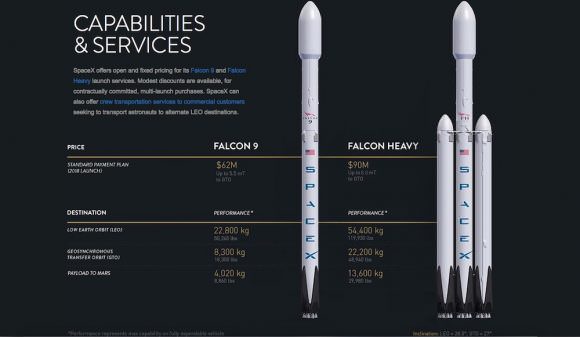
The first stage of the Falcon Heavy relies on Subcooled LOX (liquid oxygen) and chilled RP-1 fuel; while the upper stage also uses them, but under normal conditions. The Falcon Heavy has a total sea-level thrust at liftoff of 22,819 kN (5,130,000 lbf) which rises to 24,681 kN (5,549,000 lbf) as the craft climbs out of the atmosphere. The upper stage is powered by a single Merlin 1D engine which has a thrust of 34 kN (210,000 lbf) and has been modified for use in a vacuum.
Although not a part of the initial Falcon Heavy design, SpaceX has been extending its work with reusable rocket systems to ensure that the boosters and core stage can be recovered. Currently, no work has been announced on making the upper stages recoverable as well, but recent successes recovering the first stages of the Falcon 9 may indicate a possible change down the road.
The consequence of adding reusable technology will mean that the Falcon Heavy will have a reduced payload to GTO. However, it will also mean that it will be able to fly at a much lower cost per launch. With full reusability on all three booster cores, the GTO payload will be approximately 7,000 kg (15,000 lb). If only the two outside cores are reusable while the center is expendable, the GTO payload would be approximately 14,000 kg (31,000 lb).
Cost:
The Saturn V rocket was by no means a small investment. In fact, one of the main reasons for the cancellation of the last three Apollo flights was the sheer cost of producing the rockets and financing the launches. Between 1964 and 1973, a grand total of $6.417 billion USD was appropriated for the sake of research, development, and flights.

Adjusted to 2016 dollars, that works out to $41.4 billion USD. In terms of individual launches, the Saturn V would cost between $185 and $189 million USD, of which $110 million was spent on production alone. Adjusted for inflation, this works out to approximately $1.23 billion per launch, of which $710 million went towards production.
By contrast, when Musk appeared before the US Senate Committee on Commerce, Science and Transportation in May 2004, he stated that his ultimate goal with the development of SpaceX was to bring the total cost per launch down to $1,100 per kg ($500/pound). As of April 2016, SpaceX has indicated that a Falcon Heavy could lift 2268 kg (8000 lbs) to GTO for a cost of $90 million a launch – which works out to $3968.25 per kg ($1125 per pound).
No estimates are available yet on how a fully-reusable Falcon Heavy will further reduce the cost of individual launches. And again, it will vary depending on whether or not the boosters and the core, or just the external boosters are recoverable. Making the upper stage recoverable as well will lead to a further drop in costs, but will also likely impact performance.
Specifications:
So having covered their backgrounds, designs and overall cost, let’s move on to a side-by-side comparison of these two bad boys. Let’s see how they stack up, pound for pound, when all things are considered – including height, weight, lift payload, and thrust.
| Saturn V: | Falcon Heavy: | |
| Height: | 110.6 m (363 ft) | 70 m (230 ft) |
| Diameter: | 10.1 m (33 ft) | 12.2 m (40 ft) |
| Weight: | 2,970,000 kg (6,540,000 lbs) |
1,420,788 kg (3,132,301 lb) |
| Stages: | 3 | 2+ |
| Engines (1st Stage): |
5 Rocketdyne F-1 | 3 x 9 Merlin 1D |
| 2nd stage | 5 Rocketdyne J-2 | 1 Merlin 1D |
| 3rd stage | 1 Rocketdyne J-2 | |
| Thrust (1st stage): |
34,020 kN |
22,918 kN (sea level); |
| 2nd stage | 4,400 kN | 934 kN |
| 3rd stage | 1,000 kN | |
| Payload (LEO): | 140,000 kg (310,000 lbs) |
54,400 kg (119,900 lbs) |
| Payload (TLI): | 48,600 kg (107,100 lbs) |
16,000 kg |
When put next to each other, you can see that the Saturn V has the advantage when it comes to muscle. It’s bigger, heavier, and can deliver a bigger payload to space. On the other hand, the Falcon Heavy is smaller, lighter, and a lot cheaper. Whereas the Saturn V can put a heavier payload into orbit, or send it on to another celestial body, the Falcon Heavy could perform several missions for every one mounted by its competitor.
But whereas the contributions of the venerable Saturn V cannot be denied, the Falcon Heavy has yet to demonstrate its true worth to space exploration. In many ways, its like comparing a retired champion to an up-and-comer who, despite showing lots of promise and getting all the headlines, has yet to win a single bout.
But should the Falcon Heavy prove successful, it will likely be recognized as the natural successor to the Saturn V. Ever since the latter was retired in 1973, NASA has been without a rocket with which to mount long-range crewed missions. And while heavy-lift options have been available – such as the Delta IV Heavy and Atlas V – none have had the performance, payload capacity, or the affordability that the new era of space exploration needs.
In truth, this battle will take several years to unfold. Only after the Falcon Heavy is rigorously tested and SpaceX manages to deliver on their promises of cheaper space launches, a return to the Moon and a mission to Mars (or fail to, for that matter) will we be able to say for sure which rocket was the true champion of human space exploration! But in the meantime, I’m sure there’s plenty of smack talk to be had by fans of both! Preferably in a format that rhymes!
And a tip of the hat to ERB!



